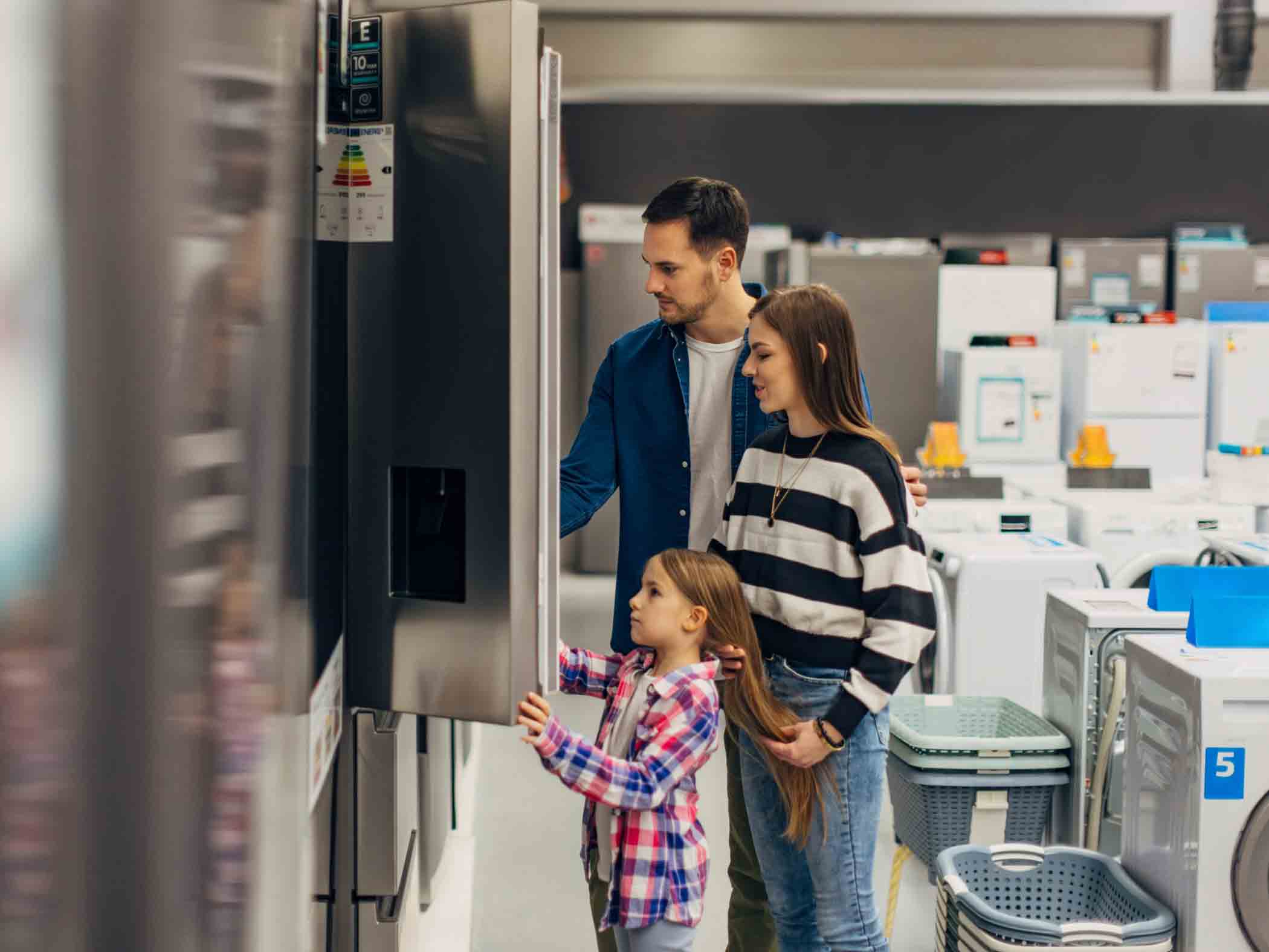Do's and Don'ts: Purchasing Energy-Efficient Appliances
Is your aging washer rattling, or maybe your 15-year-old fridge is driving up your electric bills? Check out these essential tips for choosing energy-efficient replacements.

As household appliances age, many homeowners turn to energy-efficient upgrades to cut utility costs and reduce environmental impact. Older refrigerators, clothes washers and dryers and other major appliances consume significantly more energy, driving up bills. Replacing them with efficient models can mean substantial savings over time while lowering your home’s carbon footprint. But with so many options on the market, it can be challenging to know where to start. Here are some do’s and don’ts to help you make smart choices.
Do:
Look for the ENERGY STAR® label
This label is a reliable indicator of energy efficiency. It signifies that the appliance meets strict energy performance standards set by the U.S. Environmental Protection Agency (EPA). ENERGY STAR-certified appliances generally use 10-50% less energy than standard models.
Choose the right size
Selecting an appliance appropriately sized for your household's needs is important. Bigger isn't always better — an oversized appliance will use more energy than necessary. Measure your available space and review capacity specifications to find the right fit.
Consider smart appliances
Some new energy-efficient appliances have smart features that allow you to control and monitor their energy use from your smartphone. For example, smart ovens can alert when dinner is ready and you can control the temperature remotely to keep food warm. When looking for smart appliances, focus on those that enhance energy efficiency and fit into your lifestyle without adding unnecessary complexity.
Research online reviews
Customer and expert reviews can provide valuable insights into an appliance’s real-world performance. Before making a purchase, read reviews to gauge energy efficiency, reliability and user satisfaction. Check feedback on noise levels, maintenance requirements and durability to ensure the appliance meets all your needs and will last for years to come.
Don’t:
Focus solely on upfront cost
Energy-efficient appliances may have a higher initial price tag, but the long-term savings on utility bills often make them the more cost-effective choice. When evaluating different models, consider the total lifetime operating costs.
Assume newer models are automatically more efficient
Don't fall into the trap of thinking that newer models are inherently more energy efficient. Always read the information on the yellow EnergyGuide label, which will give you estimates of annual energy use and cost, and look for ENERGY STAR certification to ensure you get a truly efficient appliance.
Overlook financial incentives
Federal tax credits of up to 30% of the cost of energy-efficient home upgrades are available. State and local incentives may also be available. Search the Database of State Incentives for Renewables & Efficiency to find out.
By following these best practices, you can confidently transition to a more sustainable, energy-efficient home that allows you to enjoy ongoing financial benefits.